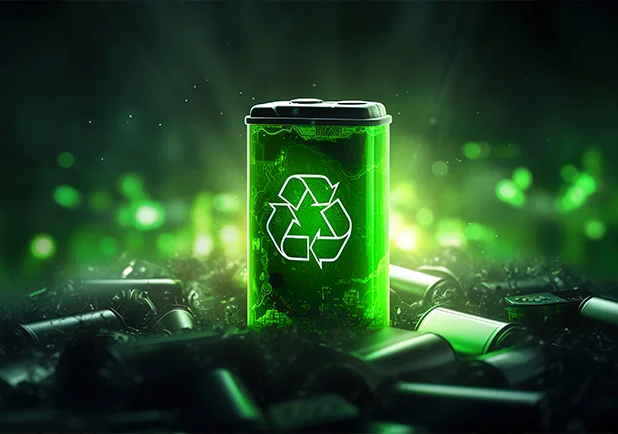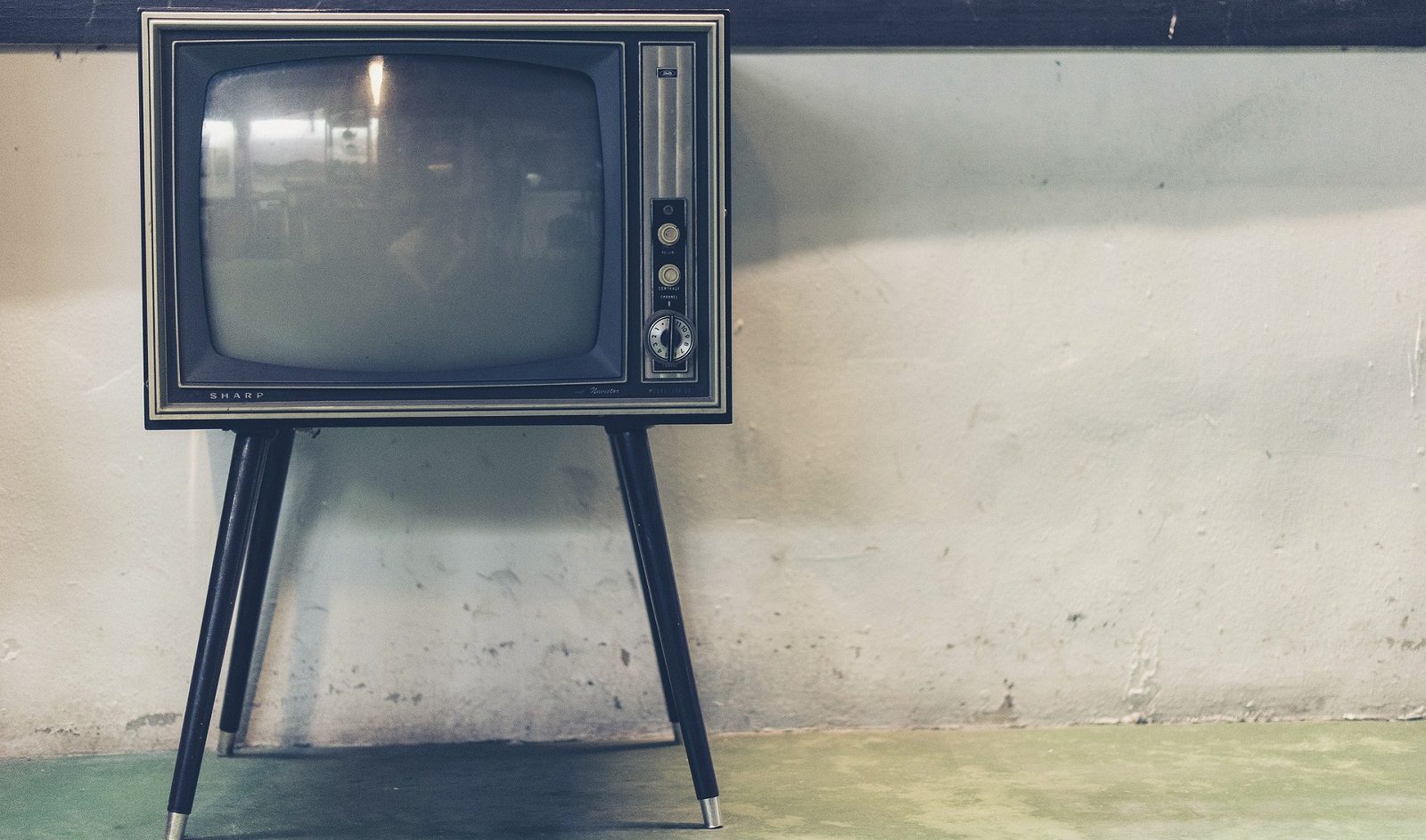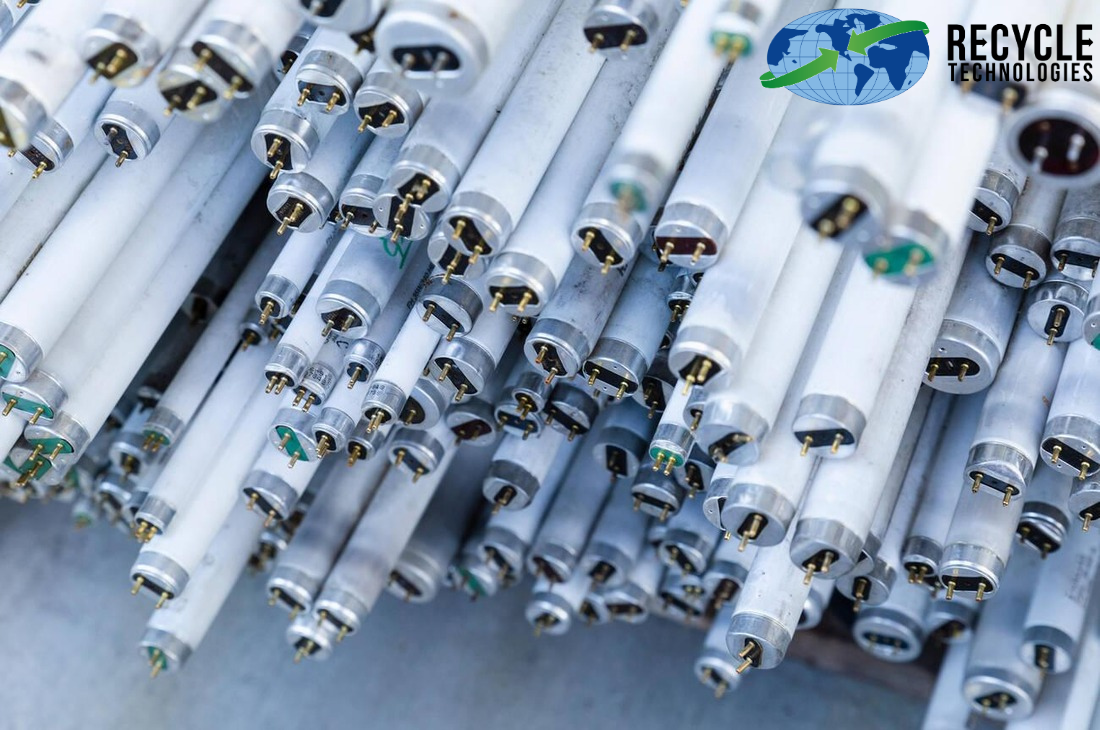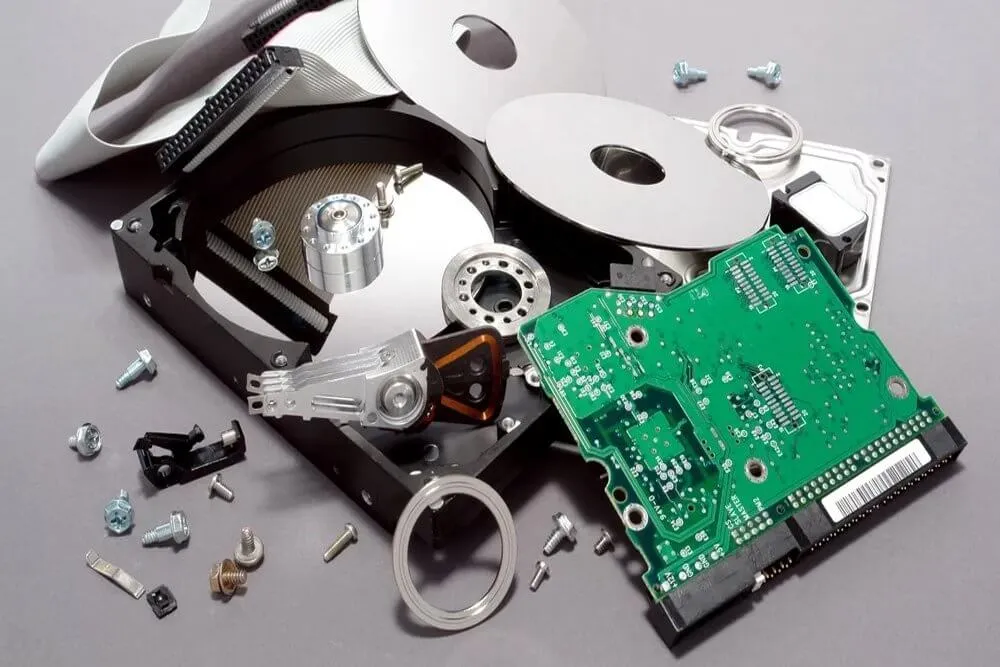As hard as it is to believe, Apple’s new iPhone 15 is not rounding the headlines for some groundbreaking hardware/software updates. It is just a cable change that is responsible for such media chaos. However, the e-waste recycling community is asking one powerful yet neglected question: What is the deal with Apple lightning cables now that the company flagships have ditched the signature style?
The cable change has created a new wave of e-waste produced to take care of, and recyclers across the country gear up to handle the mess as best as they can. Let us see how Apple lightning cables can be better managed while making sure the waste does not end up polluting the oceans, where it can devastate the already dilapidated marine ecosystems.
Axing Apple Lightning Cables: What Happened?
It is not the first time Apple has changed its chargers. Although the size and shape of the adapters have changed repeatedly, the cables were consistent for a better integrated Apple ecosystem for all its products. In 2012, Apple replaced the 30-pin connector with the lightning cable, marking the end of an era. However, it was anything to improve the environment and marine life.
In 2023, Apple’s move comes after the European Union passed a regulatory mandate last year to officiate charging cables, which seems like an excellent step to fight solid waste generation. However, it looks like not everything is good for everyone. The users are provided USB-3 cables, while Android users have already been getting USB-4 for better data transfer. Even Apple Mac Books come with a better USB-C 4-type charging cable.
It seems logical to assume the move is to mainstream the trend shift, given how Apple was making millions by selling lightning cables separately. Though it seems like a positive ecological step, it might not do much for global e-waste reduction. Ironically, Apple’s management voiced their concerns about the environmental issues the shift would cause but decided to comply.
Current E-waste-Marine Life Conundrum
The US dumps e-waste between 300 million and 400 million electronic items annually; less than 20% of that e-waste is recycled. Most of this waste ends up in the seas and oceans, where there is no way to retrieve it. Such e-waste consists of toxic substances such as heavy metals like cadmium, lead, mercury copper, etc. Studies have shown that these heavy metals cause fish gills to clog with the metal salts, causing suffocation. The sudden decrease in more minor fish results in the starvation of predator species. At the end of this food chain, humans are getting muscular and neurological diseases due to consuming affected fish.
Another way e-waste is causing the marine laugh to die is because of the phone chords and plastic pieces discarded in the oceans. A worldwide survey covering the major oceans where turtles live discovered that 91 per cent of the entangled turtles were found dead. Heavy metals have also been shown to diminish aquatic plant growth, the basis of many marine ecosystems, causing indirect and adverse effects on all wildlife in the area.
The European Commission estimates a standard charger for everybody will eliminate 11,000 tons of e-waste annually in Europe. Comparing the efforts against the issue makes it insignificant on a broader scale. It is where people need to understand the need for proper recycling methods to protect marine life.

How Is Recycle Technologies Planning to Handle Apple Lightning Cables?
Unknown to many, your USB-C charging cables have copper and aluminum, highly recyclable metals. If you buy the new iPhone, click Google for a quick search. A simple query like “electronics recycling near me” can go a long way.
Search for a recycling company facility in your county that provides a complete e-waste recycling process, especially with an Apple cable. The goal of reputed recyclers, such as Recycle Technologies in Minnesota and Wisconsin, should be to increase the recycling of old Apple chargers immediately.
There should be a proper facility that breaks down cables into their metal and plastic parts, which can then be easily recycled or sent away to moulders and smelters for chemical processing. Once shredded, the e-waste is easily handled or reused, eliminating the need for a landfill or sea dump.
Do Not Throw Away Your Old Cables!
Recycler's can only do so much when people still think of chucking old chargers and electronics in the bin. After getting the new iPhone, you are responsible for not throwing away old lightning chargers or cables. It is a common misconception that needs to go away if we are to find a sustainable solution for planet Earth.
If you do not have a recycler near your vicinity, you can always approach companies with a mail-in program. Recycle Technologies has a vastly successful mail-in program. You can find more about it on our website.
Conclusion
Apple’s decision to shift to USB-C cables from their signature Apple lightning cables puts millions of wires out of place. It is a common habit of throwing e-waste out once people feel no need for it, but charging cables can end up in sea dumps where they can get stuck in the soft tissues of marine life. Due to their inability to unstuck themselves, they often get fatal infections from the tug or severely affect their biological growth over the years.
Apple’s new USB-C charger is a win-win for consumers but might be just the nail in the coffin for the e-waste problem. Recycling companies like Recycle Technologies are trying to stick to their old mantra of “reduce, recycle, reuse.” With the influx of millions of old Apple cables, ensuring the Reduce part of the mantra looks difficult.
Let us band together with us to be responsible for e-waste, ensuring a pleasant future where our environment and marine life flourish. Want to know how to join us in our campaign to bring sustainability? Get a free quote from our website here.













